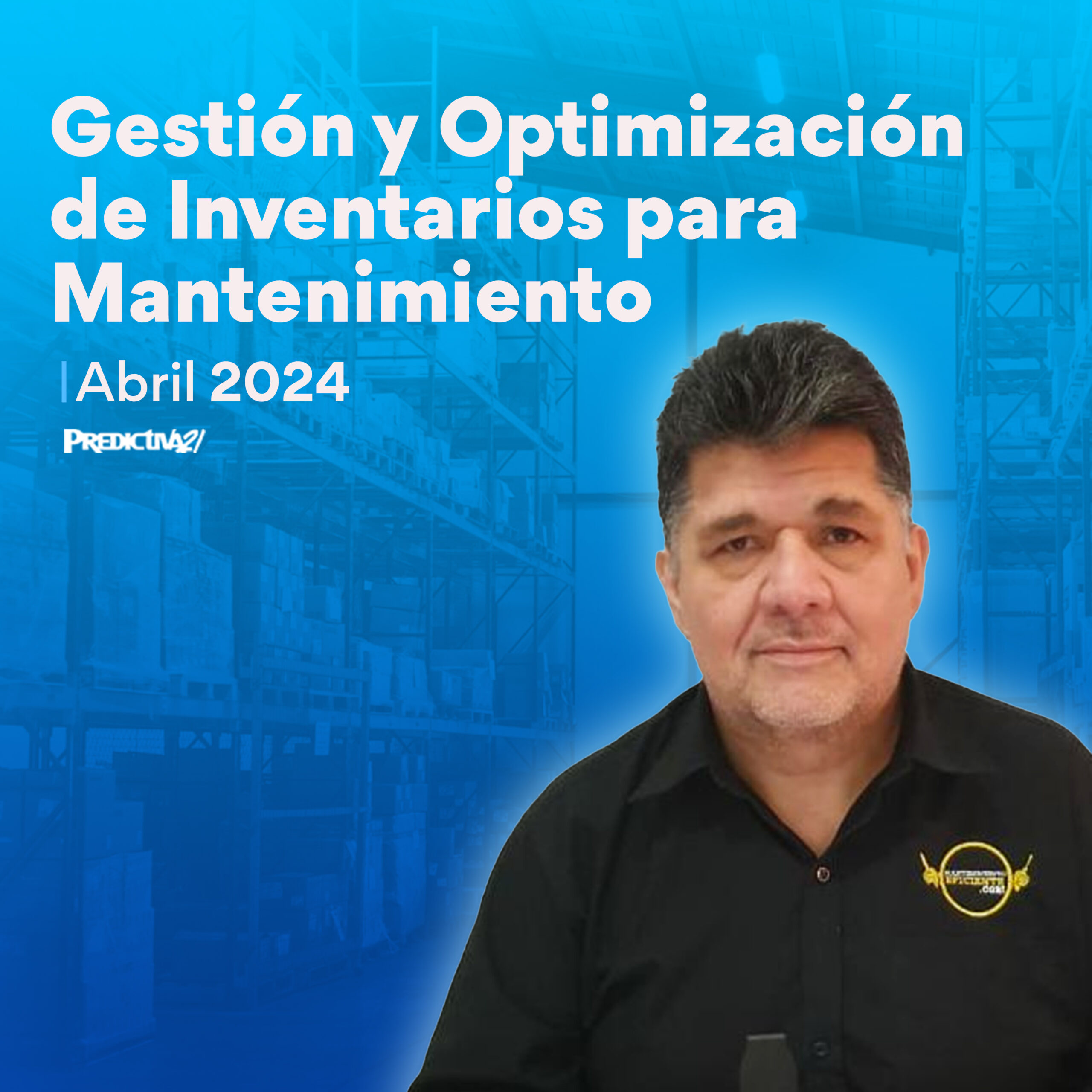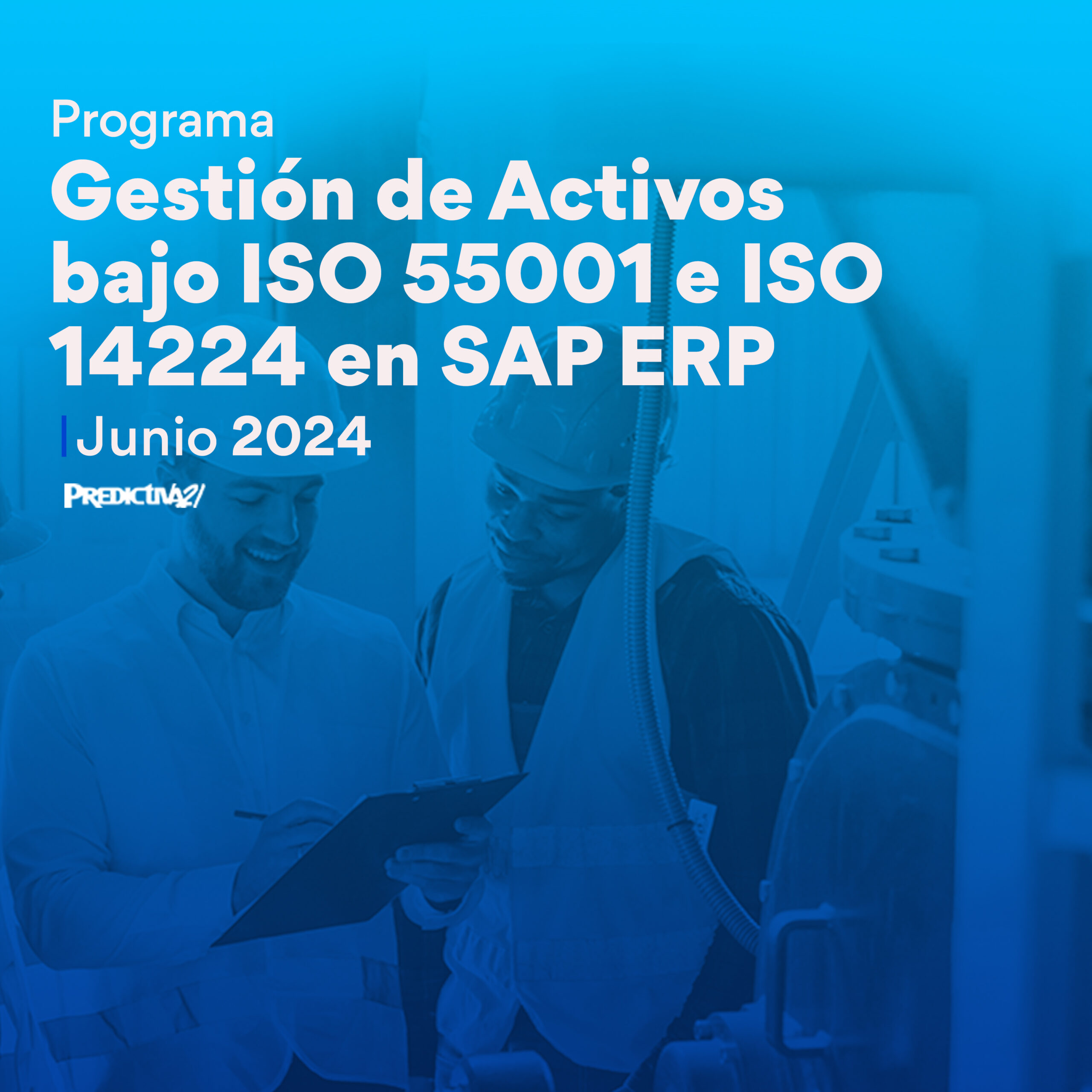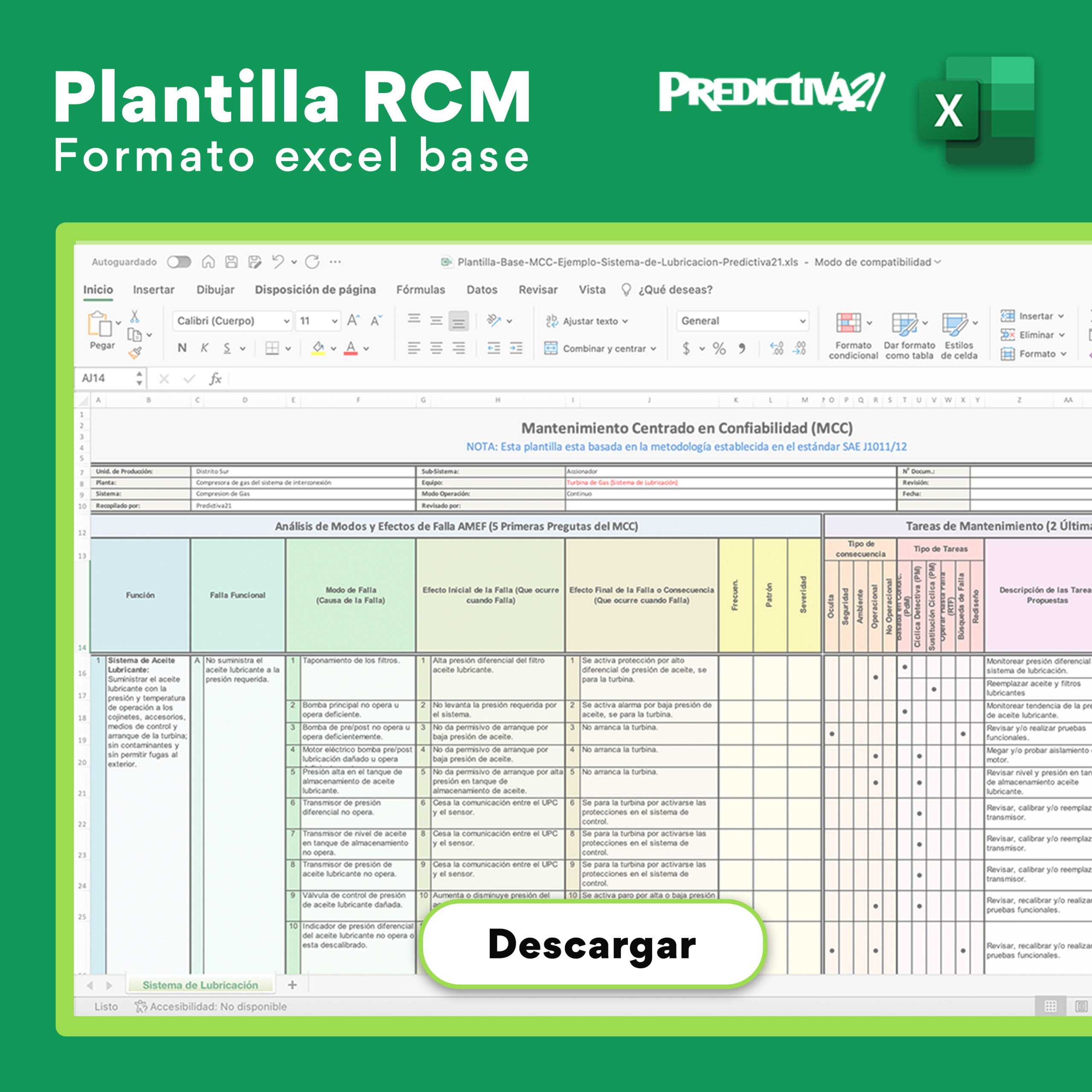URUMAN´s Alma Mater, Engineering Manager for ARMS Reliability – Latin America, consultant and Maintenance Engineering and Management professor, Santiago Sotuyo has written an important passage of Assets Management in Latin America. Passionate defender of knowledge, he has consecrated his life to this engineering field, driven by a solid belief that everybody can walk along the development road and create world-class enterprises and services.
“Reliability is not a destination; it´s a way to walk. Reliability IS in the road, and in the road we find the reward”.
Santiago Sotuyo
With this phrase, Santiago Sotuyo, president of URUMAN, starts the interview granted to Predictiva21. Sotuyo, a man of heights in the assets management area, unveils part of his long trajectory in which his total commitment with reliability has led him like a compass rose. With over 30 years of work experience and 26 years of professional experience in the field of Maintenance, Assets Management, and Reliability, Santiago Sotuyo defines himself as a pro who is always learning, moving forward. This long journey to Reliability has undoubtedly given good results, and this knowledge and priceless experience is shared by him in this conversation.
Predictiva21: How was your beginning in the engineering world?
Santiago Sotuyo B: I started my engineering studies in 1980, in the Faculty of Engineering at the Universidad de la República Oriental del Uruguay. In September 1988, I graduated as Industrial Mechanical Engineer, and the next year I took a course on Maintenance Management and Engineering, organized by UNIT (Instituto Uruguayo de Normas Técnicas), with professors coming from Sweden, and Thomas Ålund leading them. Through the BITS Cooperation Agency, I won a scholarship in 1990 and in Sweden, I took my first specialization course in Maintenance Management and Engineering. I returned in 1993 to take a seminary in Maintenance Management and Engineering for Top Managers, also granted by the Sweden government. By that time, I was already a staff member of the Faculty of Engineering in the Industrial Engineering career, on topics like Safety and Work Hygiene, and when I went back to Sweden, I was assigned the Maintenance Management subject which I taught for 15 years until 2004. After that, I had other positions. As a professor of Maintenance Management and Engineering at the Faculty of Engineering, I made a survey along with the students about the maintenance situation in the Uruguayan industry. The results, published later on International Congresses in 1955, showed that there was a lot to do. In the enterprises, a 100% corrective maintenance had been applied, without any maintenance management software, predictive was the exception and the NDT appeared only to diagnose fractures. It was clearly a great opportunity. In 1994, being part of the Board of Directors of AIU (Asociación de Ingenieros de Uruguay), I was designated delegate by Uruguay for the COPIMAN or Panamerican Committee of Maintenance Engineering, which had been presided by Prof. Engineer Lourival Augusto Tavares since 1993. Thanks to the agreement between AIU and CEGETEC (Centro de Gestión Tecnológica), and the CIU (Cámara de Industrias de Uruguay), we organized in 1995 the first course in Uruguay with Prof. Tavares, who has uninterruptedly continued giving courses and conferences in conferences every year until today, for over 20 years. At the end of 2000, I joined Ellman, Sueiro and Associates as a Consultant in Maintenance Management and Engineering. In December 2004, I receive my certification in USA as CMPR (Certified Maintenance and Reliability Professional). Also, in 2004, we were honored with the designation as Presidents of COPIMAN, so the main operations moved from Brazil to Uruguay. In that same moment we came up with the idea of creating URUMAN, the Uruguayan Society for Maintenance, Assets Management and Reliability, organizing the First Seminary of Reliability in October 2004, and the First Congress in April 2005 (we have already had the 10th edition of this Congress, which took place in October this year). In 2008, while working in Spain as a consultant for energy enterprises, I received the invitation from the Government of Uruguay to join the Board of Directors of ANP (Administración Nacional de Puertos, Port Authority of Uruguay). I was there for one year as Director and the second year as Vice President. My main responsibilities were the development of a Strategic Plan, Assets Management and Project Management. Many of the projects developed in that phase are now a reality or will be soon inaugurated (terminals, new docks, dredging, new and reconditioned cranes, etc.) In this period, I also joined the Direction of the BCU (Central Bank of Uruguay).
P21: How do you get to the management line of ARMS Reliability?
SSB: In June 2010 I joined the exploration project for iron in the area of Valentines, developed by Minera Aratirí, as Operations and Logistics Manager, responsible for all the support to the Geological Exploration ongoing. Finally, in May 2012, a new change leads me to integrating ARMS Reliability as Engineering Manager for Latin America, where I am now developing the business and consulting within the Latin American market for a world leader enterprise in Reliability engineering. In ARMS we incorporate today’s most advanced tools, among them the possibility of performing reliability analysis with statistic simulation modelling capacity which allows having analysis with a higher predictive degree, budget prognosis and systems behavior. Other techniques, like RCM analysis, RBD analysis (Reliability Block Diagram), Weibull Analysis, LCC analysis (Life Cycle Cost), RCA analysis (Root Cause Analysis), are also highlighted.
P21: What has been your role within URUMAN?
SSB: I have been Alma Mater of URUMAN. I had the idea, promoted it from the beginning, pushed hard throughout its development and have been its President since the foundation. I have tried to preach with good example by sharing to the max our knowledge in the maintenance area, assets management and reliability, leading the process of bringing knowledge and best practices to the Uruguayan community of professionals and technicians in the field, with the purpose of delivering productivity, quality, energy efficiency, safety and environment care, all in a sustainable way and well supported by reliability, to all the Uruguayan enterprises and organizations.
Luckily, through this process I have been accompanied by an extraordinary team which trusted in the idea, assumed it, pushed forward as hard or more, and have made possible that URUMAN is heading to its 11th Congress in 2015, growing year by year in recognition, public participation and sponsors. It’s like a father who sees his son grow and feels proud of him, but must also be grateful to all his family, friends, doctors and teachers who have supported all this process of education, health and growth. URUMAN is one great family today, including areas like energy, industry, logistics and facilities.
P21: In the specific case of Uruguay, how is the advance in predictive maintenance and assets management going?
SSB: Compared to the results from the last survey we had in 1993, the situation in Uruguay today has improved very much. We can say, without being mistaken, that the majority of enterprises and organizations count with professionals and technicians dedicated to maintenance, assets management and reliability, maintenance management software and, among the more advanced, assets management software. The programmed maintenance plan is a reality in a wide majority, with different degrees of predictive development, maybe not as integrated as we would like to regarding the assets management concepts, and with the opportunity of widening the applicability of reliability concepts, but heading on the right direction. Participation in all the activities, courses and congresses organized by URUMAN confirm this.
P21: How do you generally perceive the development and expansion of Assets Management in the Southern Region of Latin America?
SSB: Professor Lourival Tavares has been one of the greatest responsible for the important development that Latin America has seen, not only in the Southern Region. All these years, since the Presidency of COPIMAN in 1993, Lourival has been a restless preacher of the maintenance ideas, assets management and reliability, training dozens of Latin American professionals and technicians up to this day, either in Portuguese or Spanish. Luckily, he hasn’t been the only one, and we can also mention Enrique Ellmann from Argentina, Gerardo Trujillo from Mexico, Julio Carvajal from Costa Rica, Marco Chen from Panama, Yasuo Imae from Brasil, and many more. The maintenance associations (with ABRAMAN in Brazil as one of the pioneers) have also been a fundamental support for this development. Nowadays, practically all the countries count with their Maintenance, Assets Management and Reliability Association.
This offer of knowledge, in addition to the work from the products and service supply companies and the needs of development and competition from the client enterprises, has brought as a consequence that Latin America is reaching today a good level of development in maintenance, assets management and reliability. The problem is the difference in the levels of development: there are enterprises already on the fourth generation of reliability, applying reliability analysis with simulation capacities, and others that are still on the first generation, barely trying to come out of the corrective. The biggest challenge that we have towards the near future is trying to reduce the gap between the most advanced and those who haven’t taken off yet.
We must know how to distinguish when to apply the advanced tools and when to “go back to the basics” to help each organization to walk their appropriate and necessary road to development, their own path to the pilgrimage to reliability.
P21: According to your experience, what should we do in our region to be more competitive in terms of assets management?
SSB: As we mentioned in our last answer, walking the road to development from the basics until reaching the more advanced tools in maintenance, assets management and reliability, but respecting the steps that must be taken along the process of maturity in organizations, because if we go too fast, we can stumble and we should give everyone what they need and demand from them according to their capacities.
In each country and organization, those of us responsible for sharing knowledge and experience must first know how to assess the situation and the differences with an outstanding world class performance. Once identified, it’s necessary to figure out the action plan or route to be taken towards development. Finally, we must assume the responsibility of leadership, which gives sense to everything mentioned before. Improvement and change processes occur when there is leadership and commitment, besides knowledge and experience. For this to be effective, it must be achieved at every work center, every enterprise, and every organization. There are no magic or general recipes, the tools are available, the knowledge is accessible; we must assume our responsibility and lead the process, make our good technical ideas a case of profitable business, and apply systematically the improvements until getting results, and once achieved, the key is not to stop and keep applying the process to the next improvement. This is the secret of the pilgrim: to give one step at a time and never stop. Improvement must be continuous.
P21: The EN 16646 standard for Assets Management has already been officially approved, in accordance with ISO 55000, which defines the collaboration from maintenance management to assets management. What impact do you think this will have?
SSB: ISO 55000 standard as well as EN 16646 will hopefully be launching platforms of a new phase in maintenance, assets management and reliability development.
Along my career as engineer, consultant and professor, I have insisted on very much based myself on technical standards as a basis for professional development. They are the support for collective knowledge on a topic. The key is to understand that they are not a ceiling but a floor.
The problem is that, in some cases, there are organizations below the minimum, which we should help in their development.
When they started to talk about assets management, many colleagues misunderstood this with a simple change of name in old maintenance. And this was a mistake. Assets Management is not just Maintenance Management, but something much bigger, including all the Asset’s Life Cycle. Maintenance is just a part of Assets Management. Reliability is the soul that gives life to all this. We must ensure reliability throughout the whole life cycle of the asset. ISO 55000 explains which requirements have an Assets Management system and the responsibilities implied so we can develop it completely, including all its phases, from Concept through Pre-Fact, Fact, Detail Engineering, Construction, Mounting, Commissioning, Operation and Maintenance, to the final Disposition of the Asset.
EN 16646 explains what should be done from the point of view of Maintenance Management to give to the objectives in ISO 55000. That is, it actualizes the concepts from Maintenance Management under the light of Assets Management.
The same way that the modern concepts of Quality helped us walk along the concept of Quality Control, Total Quality and Quality Assurance, these standards will help us come from the old concept of Corrective and Failure Repair to the modern concept of Total Reliability and Reliability Assurance.
Text: Alimey Díaz
Translation: Richard J. Skinner
Photo: Courtesy of Santiago Sotuyo



0 comentarios